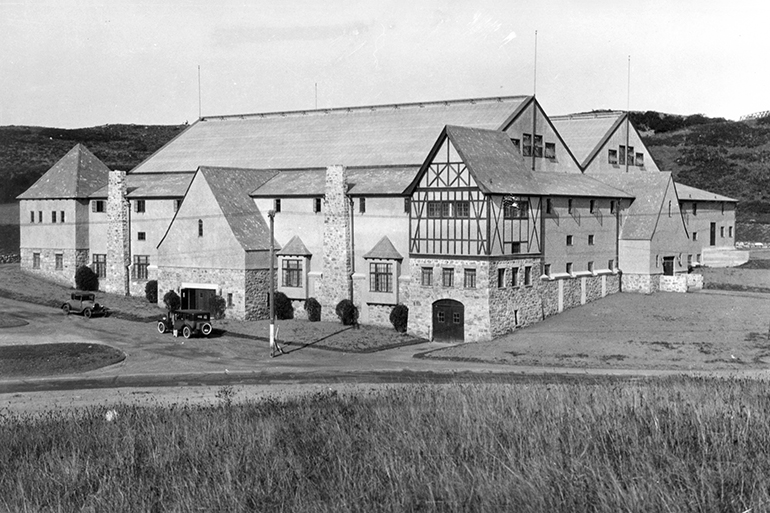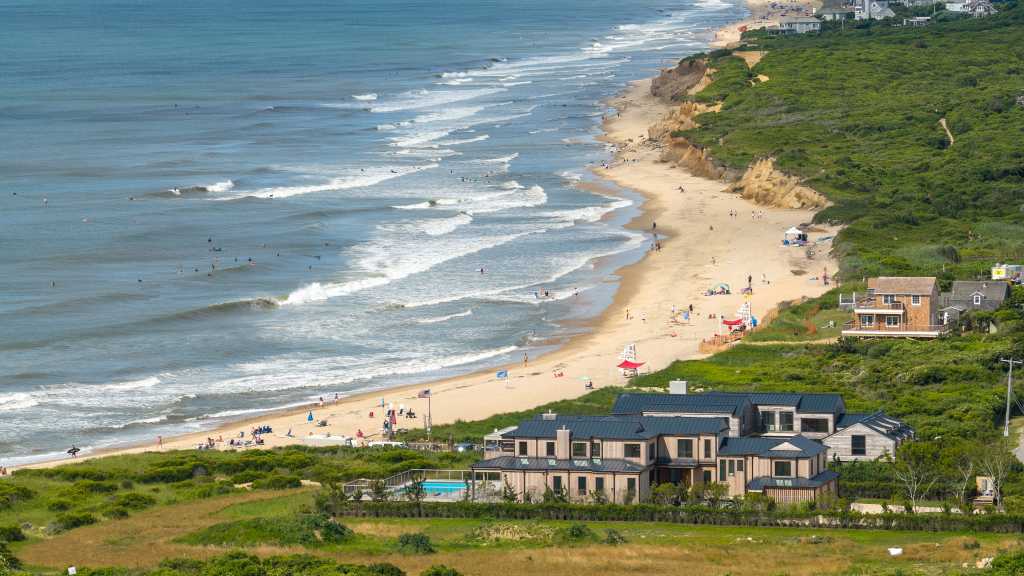New Year, New You, New Types of Yoga to Try in the Hamptons

Ah, the brand new year, a time to breathe and to relax and to focus on the road ahead. A time for yoga. With so many different kinds of yoga to practice, it’s almost impossible to pin down one exact, all-encompassing definition of the word “yoga.” But it’s all good. Here’s a non-exhaustive list of some different types of yoga, which may be all new to you, that can be found in some of the many yoga studios that dot the Hamptons.
Ashtanga
In Buddhism the Eightfold Path is that which leads to nirvana, comprising eight aspects which must be practiced in order to attain that highest of goals. Ashtanga, in Sanskrit, means “eight limb path” and the synonymous style of yoga, created by yoga master Sri K. Pattabhi Jois, of Mysore, India, involves a physically demanding sequence of postures, which synchronizes breath and movement to produce an internal heat designed to purify the body.
The demanding nature of Ashtanga means that it’s definitely not for beginners. Though, with its many vinyasas, it’s great for building core strength and toning the body. The ashtanga classes at One Ocean Yoga on the grounds of the Channing Daughters Winery, in Bridgehampton, follow the form of the primary series, offering modifications depending on the student’s level of mastery.
Forrest Yoga
Developed by Ana Forrest, Forrest Yoga addresses the physical, emotional and spiritual stresses and challenges of everyday living. According to Leslie Pearlman, one of only 10 Forrest Yoga Mentor Teacher and Guardians in the world, and owner of Good Ground Yoga in Hampton Bays—the only yoga studio on the East End that’s primarily a Forrest Yoga studio—“Forrest yoga is an intensely physical and internally focused practice that combines introspection, deep breathing, lots of signature core work, heat building sequences, specific ‘basic moves’ like relaxing the neck, active hands and feet and holding poses to build strength and feeling within the body.”
At its heart, Forrest Yoga is a therapeutic practice. Good Ground Yoga mainly offers two types of classes: Forrest Yoga classes and its signature Good Ground Yoga Flow classes—a Forrest Yoga–inspired vinyasa class developed by Pearlman herself. “The hallmarks of a Forrest Yoga class,” according to Pearman, “are its exceptionally trained teachers who teach authentically, honestly and responsibly.” The classes at Good Ground Yoga help students find what their truth is in the moment and gives them space and permission to release their own emotional backlog. “And,” Pearlman adds, “the classes are fun!
Iyengar Style
This style of yoga, based on Hatha yoga, was created by B.K.S. Iyengar, an Indian man credited with bringing yoga to the western world and making it accessible to every age and walk of life. What distinguishes Iyengar yoga is the high degree of attention paid to alignment. Poses are held longer than in flow-style classes, generally assisted by props. This helps cultivate strength, flexibility, stability and awareness. There’s an emphasis on movement, and learning to calmly abide in the body. While there’s no set sequence of poses in Iyengar, sequences often consist of groups designed to help students reach the peak pose of the class.
Restorative
Restorative yoga is all about exactly what you think: restoration. Particularly, it’s meant to focus on slowing down after a long day and relaxing your mind. A restorative sequence typically involved five or six poses, generally held for five minutes or more, many of which are easy and relaxing. Often, practitioners will hardly move at all during a restorative class. These classes often utilize props in order to support the body and make holding the poses easier and more comfortable. Most restorative practices are based on the teachings of B.K.S. Iyengar.









